Building Climate Resilience within the Danube River Basin: Insights from DIRECTED’s Real World Lab’s
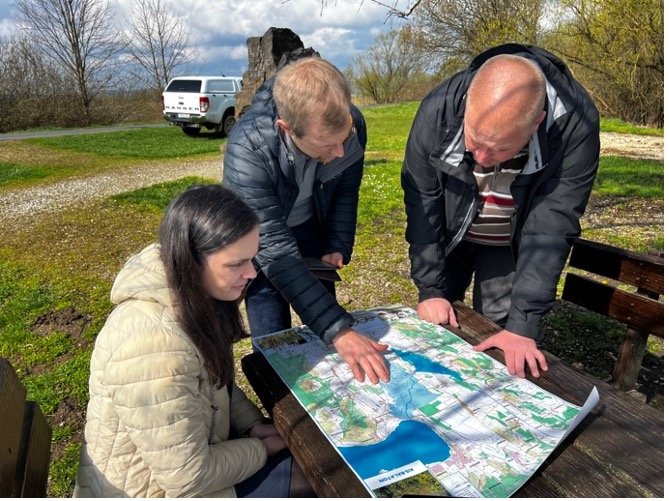
The Danube River flows through 10 countries and sustains more than 80 million people. It is Europe’s second-longest river – a lifeline for communities, agriculture, transport, and tourism. Yet with climate change driving heavier rainfall, more intense floods and conversely prolonged droughts, and rising wildfire risks, the region is under increasing pressure.
The DIRECTED project is responding by creating Real World Labs (RWLs): spaces where researchers, insurers, civil protection agencies, and local communities come together to test new models, share knowledge, and co-design practical solutions. The Danube RWL, located in Vienna, Austria and West Balaton and wider Zala Region, Hungary, has become a vivid example of how collaborative science could translate into resilience on the ground.
Vienna: Stress-Testing Models in the City
On 9 July 2025, BOKU’s Hydraulic Engineering Laboratory in Vienna hosted the second Danube RWL workshop. Participants – from insurers and city authorities to water engineers and disaster managers – focused on how to prepare for pluvial and fluvial floods in Vienna under future climate scenarios.
Two key tools took centre stage:
- The Danube Model (PIK Potsdam), which simulates basin-scale flooding.
- The SAFERPlaces model (GECO-sistema), which provides high-resolution local exposure data.
Stakeholders tested these models and gave candid feedback. They stressed that decimetre-resolution data is needed for street-level analysis, not just the 2m LiDAR typically used. They also called for integration of sewer and runoff data, since pluvial flooding often overwhelms urban drainage systems.
This feedback is now being channelled into DIRECTED’s Data Fabric – the project’s backbone for linking different models, datasets, and tools into one interoperable system. By ensuring that information is transparent, validated against reference stations, and easy to visualise through a web application, the Data Fabric is designed to give end users more than just maps by giving them decision support.
The workshop concluded with an interoperability exercise using the Risk Tandem Framework. This approach, developed by SEI, helps analyse how well different systems, data, and organisations work together in managing risk. By comparing “tandems” of technical tools and governance processes, it highlights strong connections, exposes gaps, and shows where improvements are needed to make resilience efforts more joined up.
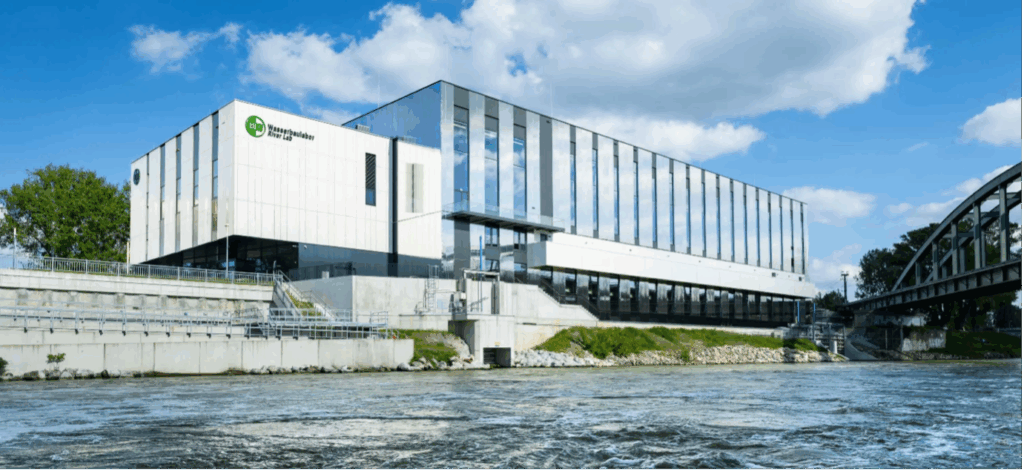
Picture: BOKU’s Hydraulic Engineering Laboratory in Vienna (Credit: Dominik Hedderich)
Zala and West Balaton: Multiple Hazards, One Region
Two further workshops were held in Zala County, Hungary (March 2025), showcasing the diversity of climate and disaster risks across the Danube basin.
- Zalaegerszeg: Data Fabric in the Hands of Responders
Hosted by the Zala Special Rescue Team, first responders tested the Data Fabric interface directly. They appreciated features like flash flood mapping but highlighted gaps: missing census and health data, limited forecasts for sudden weather events, and insufficient cross-border river information.
This hands-on testing helped the project team identify which datasets need to be added – from demographic data to disaster catalogues – to make the tool more relevant for those working on the frontline.
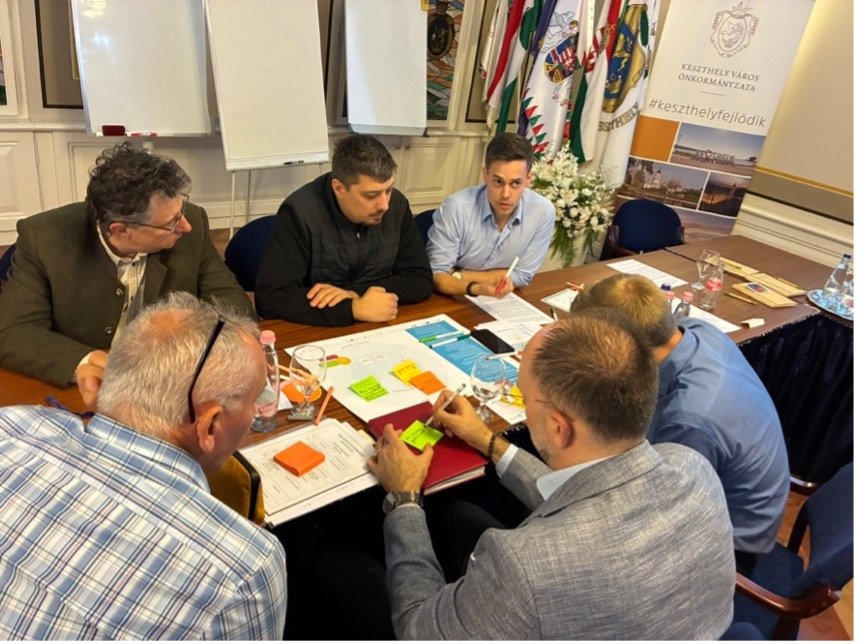
Picture: Hard at work at DIRECTED Meeting at Zalaegerszeg, Hungary (Credit: Max Steinhausen)
- Keszthely: Building Resilience Around Lake Balaton
At the City Hall in Keszthely, mayors, civil protection officers, tourism managers, and NGOs discussed how climate extremes are shaping the Balaton region. Challenges included:
- Soil erosion and mudslides from unsustainable farming practices.
- Drought and wildfire risks in forestry, with invasive species adding vulnerability.
- Sewage overflows into Lake Hévíz during heavy rain events.
- Tourism pressures, with summer surges threatening water quality and creating unstable jobs.
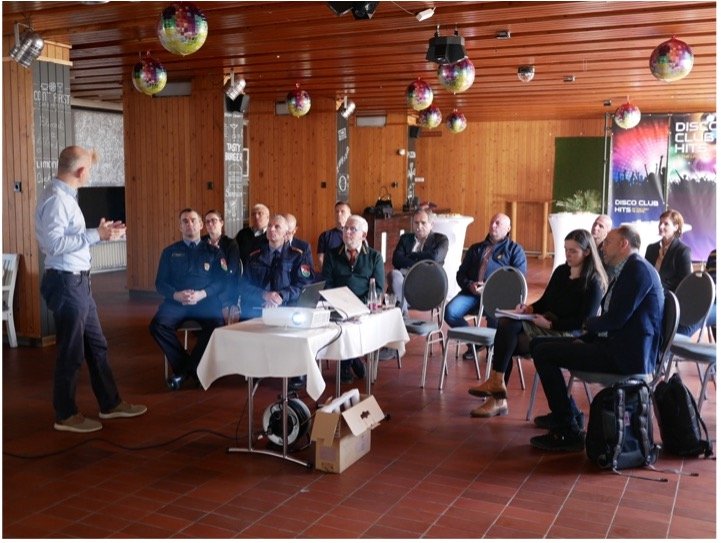
Picture: Keszthely: Building Resilience Around Lake Balaton (Credit: Max Steinhausen)
Using the Risk-Tandem storyline method, participants explored past disasters and future 2080 scenarios to consider how agriculture, tourism, and communities might adapt. This interactive method takes the Risk Tandem concept further, guiding stakeholders through “what if” narratives that combine technical modelling with governance choices. It creates space to imagine consequences and test how resilience measures could work in practice.
Their vision included new tourism packages beyond the summer season, and a “Balaton Climate Alliance” to coordinate efforts across sectors.
Field visits to Kis Balaton wetland reinforced these discussions. Its two-stage natural filtration system is vital for water quality in Lake Balaton, but faces challenges from wastewater overflows and uncertain water supplies in dry years.
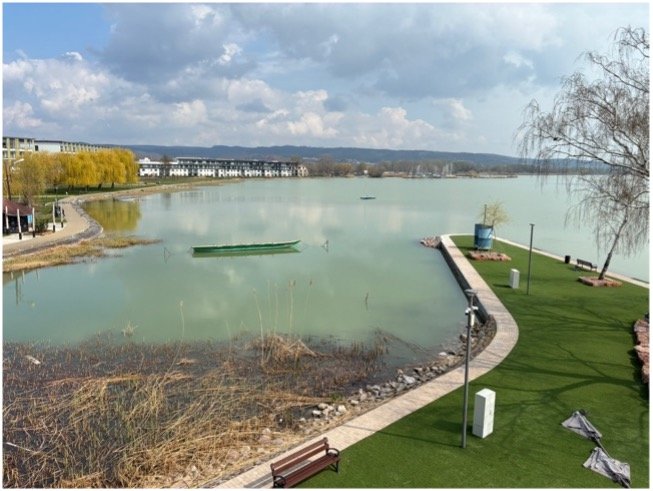
Picture: Lake Balaton, Hungary (Credit: Max Steinhausen)
Tools That Matter
Across both Austria and Hungary, the Danube RWL is helping shape DIRECTED’s core innovations:
- The Data Fabric – not just a database, but an evolving interoperability platform where meteorological, hydrological, forestry, demographic, and risk data can be combined for decision-making.
- The SAFERPlaces model – a proven urban flood tool, now being adapted with local datasets to support civil protection, municipalities, and insurers.
- Risk Tandem methods – practical ways to identify gaps between data, governance, and decision-making, and to explore how to close them.
- Interactive web applications – where stakeholders can layer maps, explore scenarios, and use outputs in planning and communication.
These are not abstract research outputs. They have become practical tools being stress-tested by those who need them most – from emergency responders to mayors, insurers, and tourism boards.
What Stakeholders Took Away
Feedback from the Zala workshops was overwhelmingly positive:
- 100% of participants said their understanding of disaster risk management and climate adaptation had improved.
- Nearly all reported greater willingness to collaborate across organisations and sectors.
- Participants valued the hands-on use of the Data Fabric, saying it made abstract concepts feel directly applicable to their daily work.
In Vienna, stakeholders highlighted the potential of the models but emphasised the need for user-friendly visualisation and risk communication, especially for non-experts.
Next Steps for the Danube RWL
The workshops in Vienna and Zala/West Balaton have set the stage for continued work:
- Expanding the Data Fabric with census, forestry, and hazard datasets.
- Linking models and forecasts, including short-term meteorology, into operational tools.
- Strengthening cross-sector collaboration, from local mayors to global reinsurers.
- Testing governance levers, such as mandatory risk analyses for construction and insurance incentives for prevention.
- Scaling outreach, using local media and community events to build public awareness – including a Climate Festival in West Balaton in May 2026.
Why It Matters
The Danube region illustrates the complex, interconnected nature of climate risk: floods, droughts, fires, agriculture, tourism, and urban development all intertwine. No single model or institution can manage this complexity alone.
By anchoring innovation in Real World Labs, DIRECTED is ensuring that cutting-edge science is tested where people live and work, and that tools like the Data Fabric, SAFERPlaces, and Risk Tandem methods are shaped by those who will actually use them.
As one participant put it: “Interdisciplinary collaboration is crucial – resilience is something we build together.”
Learn more about DIRECTED and the Real World Labs: https://directedproject.eu/about/
For more information about the Danube Real World Lab contact: Dominik Hedderich: d.hedderich@genillard-co.eu

